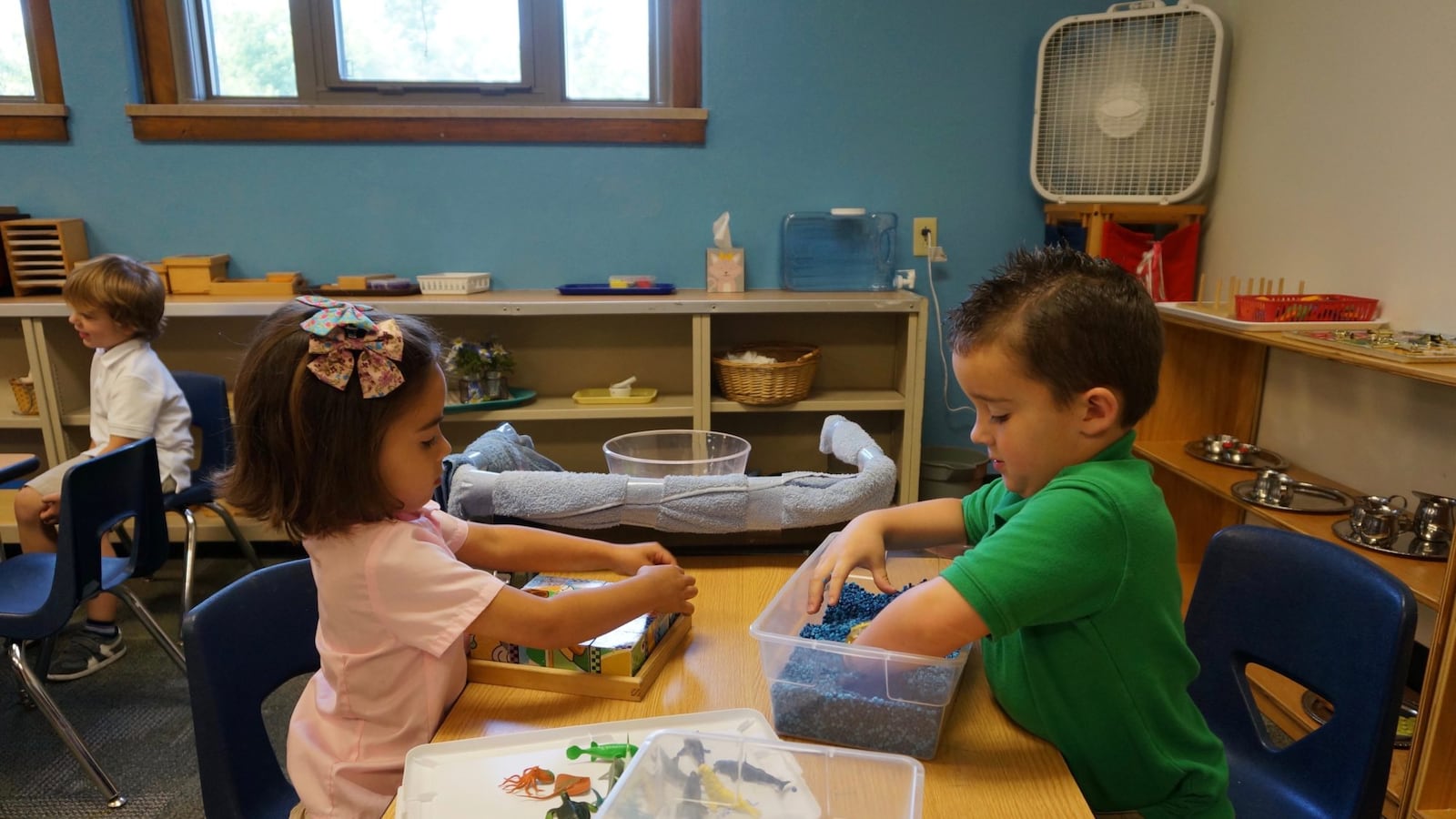For the last several weeks, Americans have been talking about integration in our schools. For someone who does this work every day, it’s an exciting moment, as the benefits of economic and racial integration — not just to black, Latino, or low-income students, but to all — are increasingly clear.

I’ve seen those benefits up close, first as a student of color in a highly diverse school in Los Angeles and now as a school system leader deep in the heart of Texas.
Today, I’m working to create diverse schools and rich educational environments in San Antonio, an unlikely place to create integrated schools. San Antonio is a profoundly segregated city, with 17 school districts inside its boundaries. Our district, San Antonio Independent School District, is surrounded by affluence, while more than 90 percent of our students come from low-income families and nearly all are Mexican-American.
The courts have blocked some strategies for racial integration through the Milliken v. Bradley decision 45 years ago and other key rulings over time. But we’re making it happen anyway — first, by focusing on integrating the schools we have (based on a number of factors, including family income levels), and second, by creating new schools that attract families who are moving into our district or who have lived here but sent their children to schools elsewhere.
I’m convinced that these tactics are replicable, but not enough places are putting that knowledge to work.
At our new “diverse by design” campuses, at least half the enrollment is reserved for students from low-income families. We run the lotteries for those schools in such a way that diversity is guaranteed. At Steele Montessori Academy in our Highland Park neighborhood, which opened in 2017, we essentially run four lotteries to make it happen.
It’s complicated. But government-sponsored segregation created these divisions, and we need to use the government’s tools to dismantle them.
We also have taken steps to understand poverty in a more granular way. I started by taking a detailed look at our city, and mapping out factors like average family income, single-parent households, and homeownership. Then, we divided the city into “blocks,” assigning each a label of 1-4. At the new, open-enrollment schools where we see few students from the lowest-income “blocks,” we engage and invite those families to enroll.
The result is student bodies that come close to the demographics of the city and district — highly Latino, but also around 4 percent black and around 7 percent white. In a 50,000-student district, more than 6,000 students will be in these new schools when they reach full enrollment, and many hundreds of families are on waiting lists already.
I see the benefits already at Steele Montessori. Children from all income levels are learning together in a school structure that many families find appealing. There’s no academic tracking. Families of different socioeconomic and racial backgrounds are forming a stronger community. And students who live in intense poverty are less concentrated, giving teachers more time to both work with students who need extra help and to challenge every student.
We made similar changes during my time in Dallas, launching 35 new school models while ensuring no one socioeconomic group over-enrolled in those schools. These approaches aren’t magic; they’re something other cities can do — particularly those where parents have numerous choices.
Many of our students in San Antonio cannot wait for integration and its benefits to arrive, however. That’s why we’re also hard at work to improve the quality of their education, including by hiring master teachers in some of our most struggling schools. In 2016, about 35,000 students were attending schools that would have had a grade of “F” under Texas’ new school accountability system. By this fall, the number of students in those schools will be down to around 7,000.
Here are some lessons I’ve learned as we’ve embarked on our work to improve schools and fight racial and economic segregation:
- Choice without safeguards can make things worse. Districts must offer some kind of unified enrollment process that allows them to guide where students are assigned. Charter schools can be part of this by opting into the city’s diversity strategy as part of their approval process, but choice without equity can make things worse. Wealthier families are more likely to apply for spots and choose schools, while lower-income families are less likely to apply to schools beyond the one nearest home. Without providing bus transportation, reserving seats for less-affluent families, and other safeguards, this approach can exacerbate segregation.
- Schools must be attractive to all kinds of families. Schools that focus on project-based learning and social-emotional development excite middle-class families and lower-income families alike and can serve them well. These models also rely on a high degree of student interaction, making the diversity even more powerful.
- It’s not enough for a school to be integrated on paper. Districts also must focus on equity to create the conditions for success in integrated schools, so that all students get strong academic, social-emotional, and other support. For any school to be successful — diverse or not — it must make helping low-income students a central focus. In other words, integration needs to go deep. Classrooms need to be integrated, curriculum and instruction need to reinforce high expectations for all, and schools should not be allowed to academically track and segregate from within.
The bottom line is that segregation hurts kids, and fixing it helps. As many schools desegregated in the 1970s and 1980s, the nation made historic progress on the achievement gap: The difference in black and white 12th graders’ reading scores on the National Assessment of Educational Progress narrowed from 53 points in the early 1970s to 20 points by the late 1980s. Researchers also have shown time and again that students benefit from interactions with children of other backgrounds and skill levels.
I saw these benefits as a child of a family from Bangladesh, attending school alongside black and Korean-American classmates at a largely low-income school in the Fairfax neighborhood of Los Angeles. That experience shaped who I am.
Kamala Harris and Joe Biden have put a new spotlight on an age-old issue. But it’s up to all of us to do something about it.
Mohammed Choudhury is the chief innovation officer for the San Antonio Independent School District in Texas and a future chief with Chiefs for Change. Previously, he was a district leader in Dallas and a teacher and district administrator in his hometown of Los Angeles.
About our First Person series:
First Person is where Chalkbeat features personal essays by educators, students, parents, and others trying to improve public education. Read our submission guidelines here.


